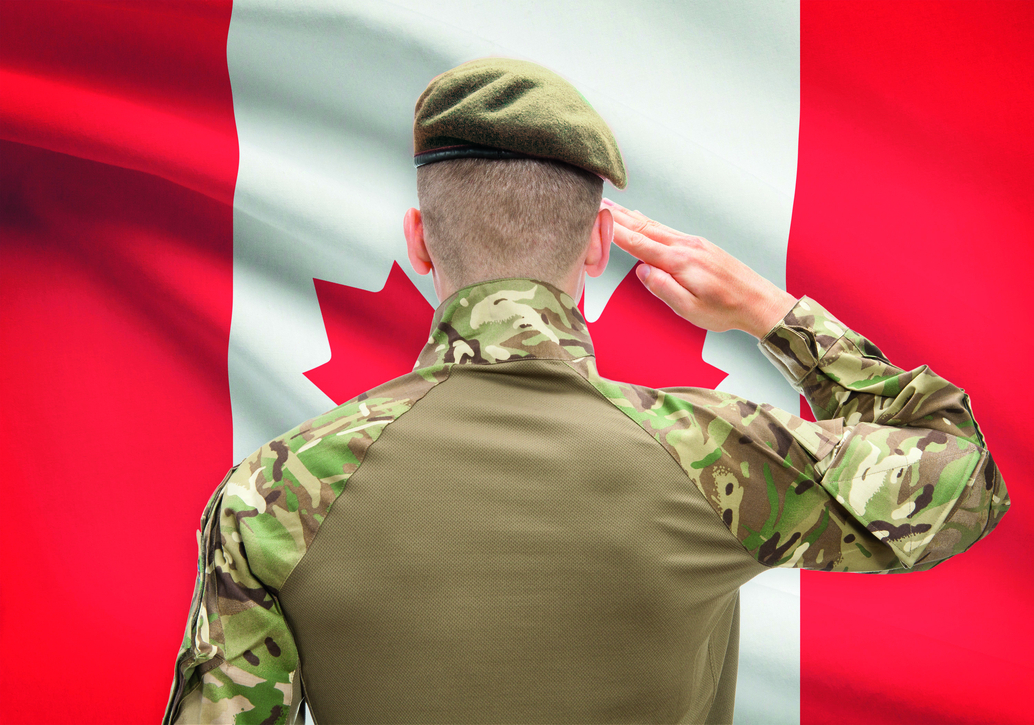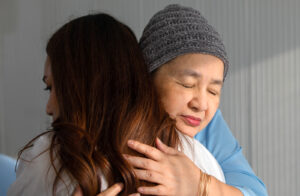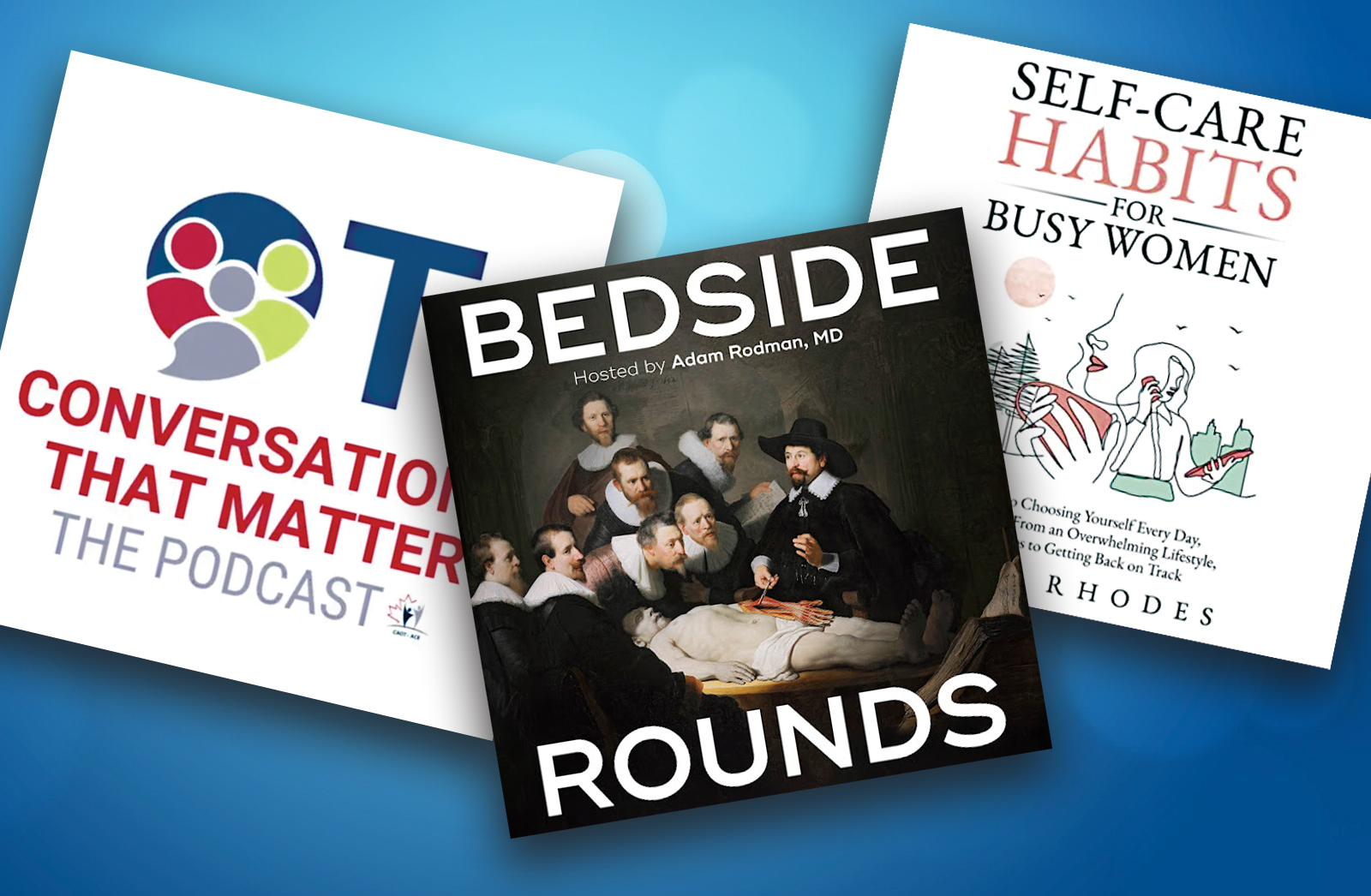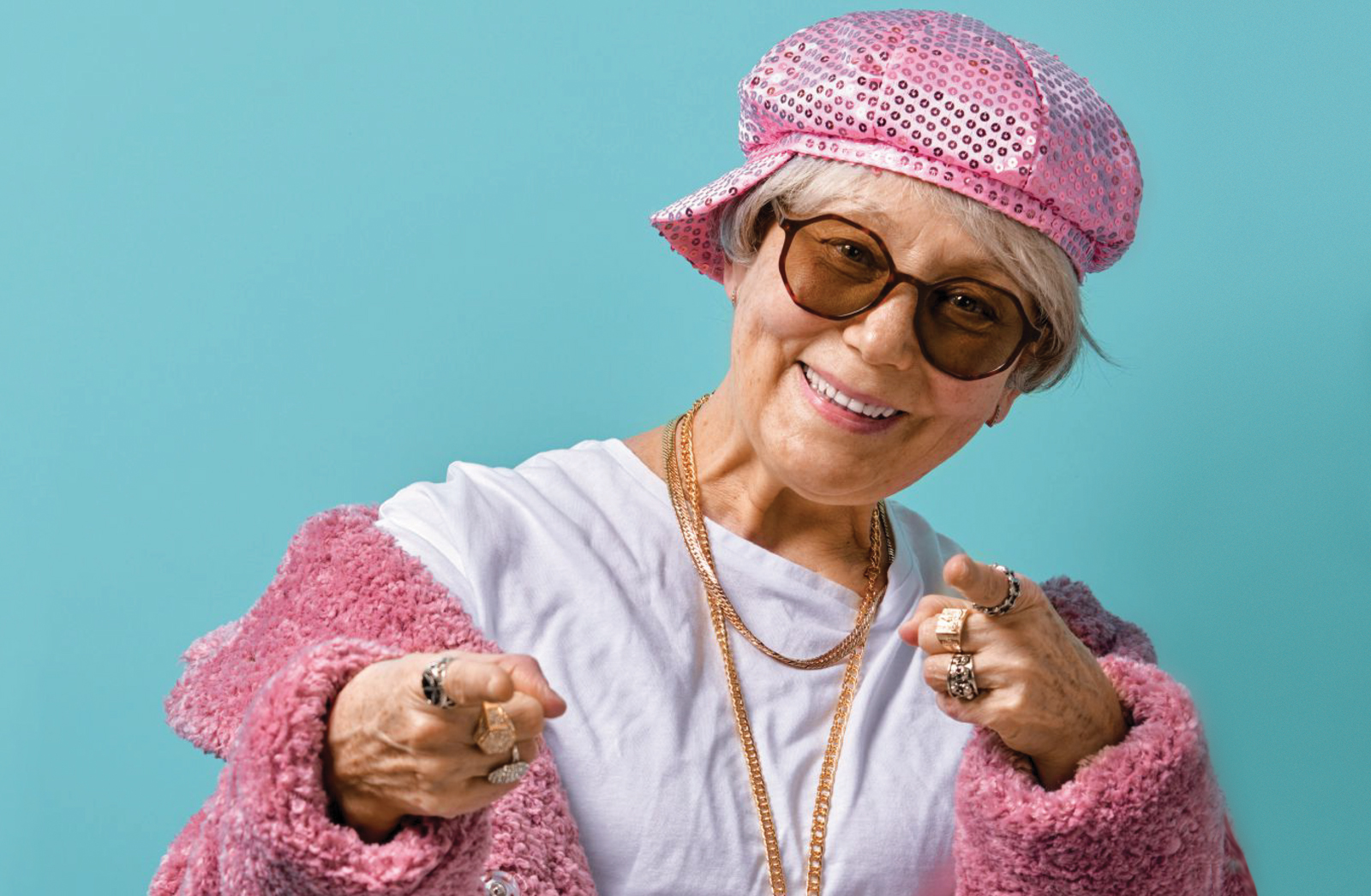So how does Canada support its veterans, and how do they feel about the care that they receive?
By Mary Bart
According to the Statistics Directorate 2017 population estimates, there are 649,300 Canadian veterans. They are supported by Veterans Affairs Canada (VAC), under the leadership of Veterans Affairs Minister Seamus O’Regan. According to O’Regan, the federal government has invested $10 billion over the last three years to improve the system and benefits for veterans. He also acknowledges, though, that “There are some deficiencies” in his federal department. O’Regan knows that many veterans are frustrated with the help they receive, and that they often have to wait for months to receive benefits.
Veterans and their families often feel frustration with the system and that monies are wasted that could have been directly used to better support them. VAC, under both the former Conservative government and the current Liberal government, has not spent all the funds given to its by the federal government. In 2015, Justin Trudeau said of the Conservatives that: “They left unspent more than $1 billion that parliament allocated for veteran support.”
But it seems little has changed since the Liberals took power. According to Global News: “In the fiscal year ending March 31, 2016, Trudeau’s first year in office, the Liberals left $80.9 million on the books at VAC. They then left another $143 million unspent in 2017 and $148.6 in 2018.” The government defended its record, saying: “Lapsed funding does not result in anyone receiving less than they should. It is simply an administrative process.”
Many Canadians will not know that several veterans’ groups are suing the government for not delivering on its promises. The government has spent more than $40 million fighting law suits. In a town Hall meeting in Edmonton, an injured veteran asked Prime Minister Trudeau: “Why are we still fighting against certain veterans’ groups in court?” Trudeau’s response was: Because they are “asking for more than we are able to give right now.” Trudeau’s comment caused considerable outrage from veterans groups as being shameful and disrespectful.
Some of the services offered to veterans
The VAC website (veterans.gc.ca/eng/services-vac-acc) lists a wide range of benefits for veterans. These are grouped under the headings of education and training, financial security, and families and well-being, and include a number of funds and benefits. However, many veterans have described an often painful and frustrating process of submitting a claim, and waiting for months to learn if the request has been successful. What do they do while waiting to see if their claims are approved? And what if their claims are rejected?
Transitioning to civilian life
Many veterans suffer from “operational stress injury.” This is a persistent psychological issue caused from operational duties while in the Canadian Armed Forces or the RCMP. Some of the conditions of operational stress injury include depression, post-traumatic stress disorder (PTSD), anxiety disorder and loss of identify. All of these conditions can last for months or even for a lifetime.
In November 2018, the Vanier Institute released a report called “A Snapshot of Military and Veteran Families.” The report noted that more veterans described transitioning to civilian live as easy than as difficult. In fact:
• 52 per cent said the transition was “easy” for themselves, while 32 per cent said it was “difficult.”
• 57 per cent said the transition was “easy” for their partners, while 28 per cent said it was “difficult.”
• 60 per cent said the transition was “easy” for their children, while 17 per cent said it was “difficult.”
• Nearly nine in 10 Veterans reported being satisfied/very satisfied with life (86 per cent) and their family (88 per cent).
For some, however, transitioning to civilian life is a very real struggle. To help, the Veterans Transition Network (VTN) offers programs facilitated by caring and compassionate experts who are specifically trained to help veterans transition back into civilian life. According to VTN clinician Laura Bull, “The veterans who access our services experience different levels of difficulty in transitioning. Some of that is a loss of meaning, isolation as they try and process the experiences they’ve been through, or being haunted by symptoms of PTSD that have resulted from the tours they’ve done overseas.”
VTN clinical director Dr. Mike Dadson further explains the program, saying: “The Veterans Transition Program helps veterans transition back into civilian life, chase their dreams, reach their potential and live a life that is as fulfilled and normal as possible.”
Many retiring veterans struggle with fitting back into society. They can find it hard to relate to civilian life, and may feel disillusioned, isolated and alienated. Reconnecting with family and community is not simple. Transferability of skills is a further challenge many veterans face, making the job search a daunting proposition. Understanding differences in tempo, structure and workplace culture can pose challenges in a competitive marketplace. And veterans living in smaller or rural areas, in particular, do not always have ready access to support services.
VTN clinician Dr. Belinda Seagram believes that recovery is possible, noting that the end goal of treatment is not to become the same person they were before injury. Rather, it is to discover a new identity, reclaim cherished aspects of self that were lost and learn to build resiliency against future adversity. This type of work is time consuming and labour intensive. It usually means visiting the emotional places that most have been most trying to avoid. Doing this work in isolation is extremely difficult. It is Seagram’s belief that recovery happens within supportive communities.
Meet James Cawley:
James Cawley is a 38-year-old veteran who served two terms in Afghanistan. He is a soft- spoken, articulate man who is passionate about telling his story and sharing his ideas about the types of supports and respect that veterans should be given.
According to Cawley, “Veterans Affairs is getting better and they are making progress to support us. Veterans often get frustrated with the time, effort and difficulty to submit requests for benefits and support. Your success with submitting claims is often based on your ‘case manager,’ whose job is to help the vet navigate the system. You have to have your case manager on your side. If the case managers had more training, dealing with the system would be better.”
Cawley has had eight case managers over the last several years and is thrilled to say: “I have an amazing case manager now.”
He believes the system is structured to frustrate veterans, stopping them from submitting their claims, with the result that they will cost the government less money. Dealing with the government “is a real struggle,” he says. “Vets have to fight for everything and some just give up trying to put in claims. Vets also worry about reciprocity. Will their benefits be gone? Vets often don’t complain for fear that their claims will be rejected or totally cut off.”
Cawley has good coverage for services such as massage therapy, including travel coverage, but believes there are gaps in veterans’ medical pensions. “Vets need to be covered for all their medical needs,” he says. For example, because of his PTSD, Cawley needs a $450 mouthguard so that he does not bite his tongue. It took him five years, and he even had to go to hearings to prove that he needed the guard. He has now— finally—been approved for funding. Cawley comments: “Since this process has been ongoing for years, the worst part of my story is that there is 100 others who are worse off.”
Veterans get very frustrated and angry when they see department funds being wasted or returned back to the federal government. Many veterans have their claims rejected, yet see the misuse of money that could have helped them.
Getting a job as a civilian can be difficult. Cawley describes how many veterans are not prepared for jobs in the private sector. “We need more training, and even training on using the internet would help,” he says. “I have tried, with little luck, a number of times to go through VAC and their partner The March of Dimes. I actually know what I would like to do and still can’t seem to get a straight answer. The problem is not with VAC directly but with the contractor, The March of Dimes, who VAC has hired to manage the process.”
Cawley believes that the public does not know enough about veterans, their lives and their situations. The Afghanistan War is rarely taught in schools, and most Canadians need to be made more aware of veterans and what their lives are like. He argues that: “With more Canadians supporting our vets and knowing our needs, the faster things will get better for us and the proper and needed supports can be given.”
Cawley is a strong, good-hearted man, who knew that staying isolated in his home was unhealthy. He is now teaching courses as a “peer mentor,” supporting veterans to transition to civilian life through the VTN. Nonetheless, he is worried about his future. Cawley is unable to work full time and fears that he will not have sufficient medical coverage. The new 2019 program (see below) makes him “scared shitless,” he says. “What will my life be like when I’m 65? I can’t manage a full-time job. Where do I fit in?”
What’s next?
A new benefits program is launching in April 2019, called the “Pension for Life.” Under this new plan, retired soldiers will be able to receive either a lump sum of up to $360,000 or a lifetime pension of up to $1,150 a month. An additional allowance of $1,500 will be offered to the most severely disabled.
Some veterans are leery about the new plan. According to Sean Bruyea, vice-president of Canadians for Accountability (and a retired Air Force intelligence officer and frequent commentator on government, military and veterans’ issues): “The new plan for veterans is all about saving money, yet again, at the expense of veterans. Veterans will be seething with betrayal learning that other existing programs will be shuffled around but remain substantially unchanged. The bottom line: Substantial differences between the three programs are striking. Pain, suffering, and incapacity are the most prolific veterans’ sacrifice on behalf of Canada. And compensation for sacrifice is grossly unfair depending not upon date of injury, or release from the military but based upon arbitrary dates of application. Veterans and their families have sacrificed much so that Canada and Canadians can prosper in safety and security. It is unclear what Ottawa is sacrificing to recognize the lifelong pain and suffering veterans endure on a daily basis.”
It may take years to fully understand whether the revamped pension option will help or hurt veterans. Veterans will need to share their experiences of the new plan, and Canadians should follow their stories and speak up.v
Visit the VTN website to learn more: vtncanada.org
Mary Bart is the chair of Caregiving Matters, an internet-based charity that offers education and support. caregivingmatters.ca














